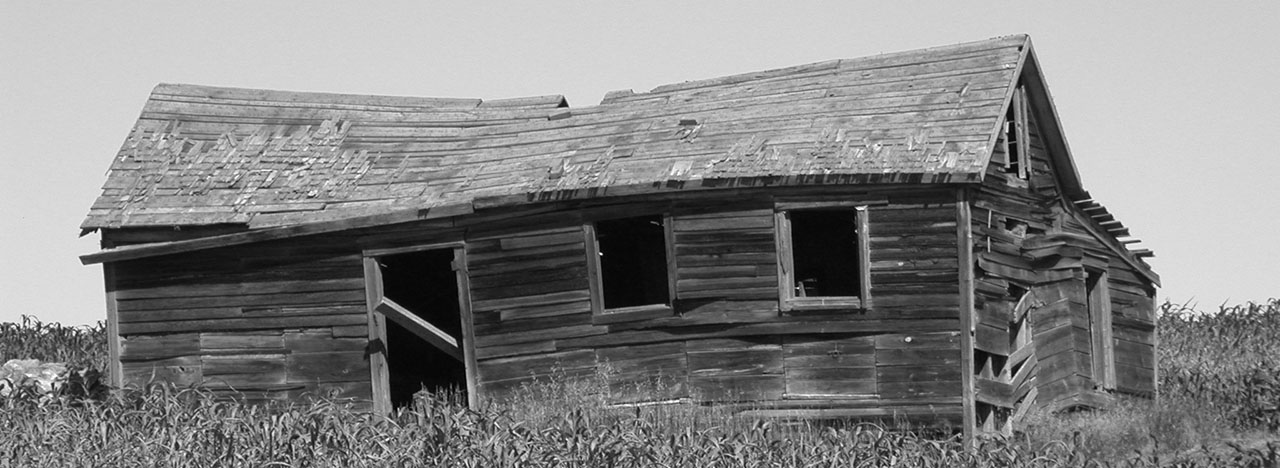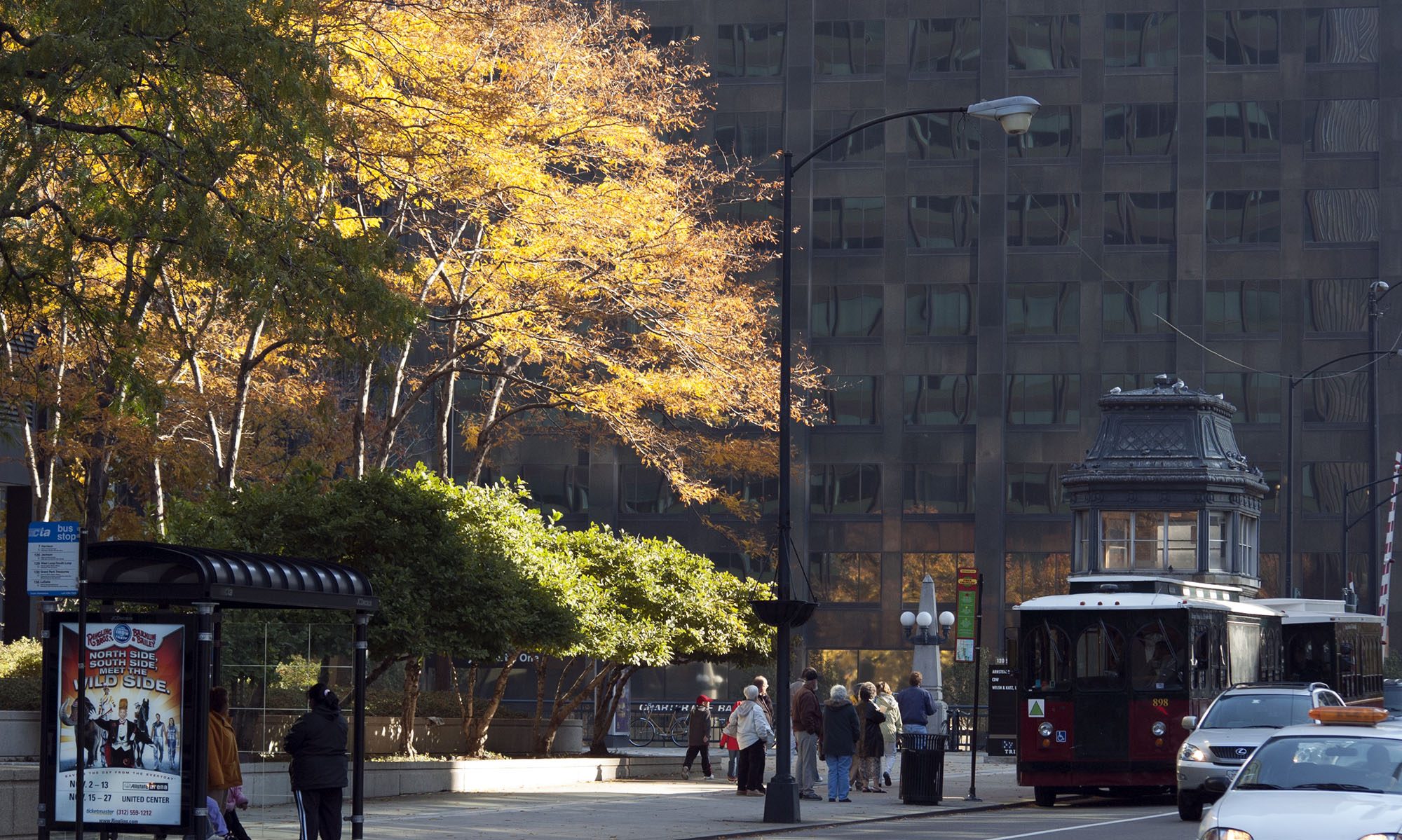I just published the second part of the essay on comments at Many-to-Many: When I chastised the other person, when I suggested how they should change their interaction and behavior, we were no longer peers discussing a volatile subject – I had assumed a parental role, trying to force a child role on the other […]
Year: 2022
Weblogging: More Than Words

Two friends have stopped by to say hi since I turned comments back on. Bill mentions the Radio Userland days,which puts us back in very ancient weblogging territory. So ancient that today’s TikTok kids weren’t even born when we got together in Userland pages. I also used to have a Userland Manila weblog, but those […]

The second part of my Burningbird server re-awakening from the dead is my effort to find any and all past writings and import them into this weblog, one at a time. I’ve had so many variations of weblogs: some at domains I’ve controlled, others at domains I haven’t. I was able to export the posts […]
Moving servers

It’s been five years. It must be time to move web servers again.
The story of the check valve
There’s a story behind this older post. Bit long, but might be fun if you have nothing else going on. Our place in O’Fallon was in the unincorporated county area, which means it’s a hit or miss what kind of service you get. Originally, the homes in the subdivision had septic tanks, but our plot […]
